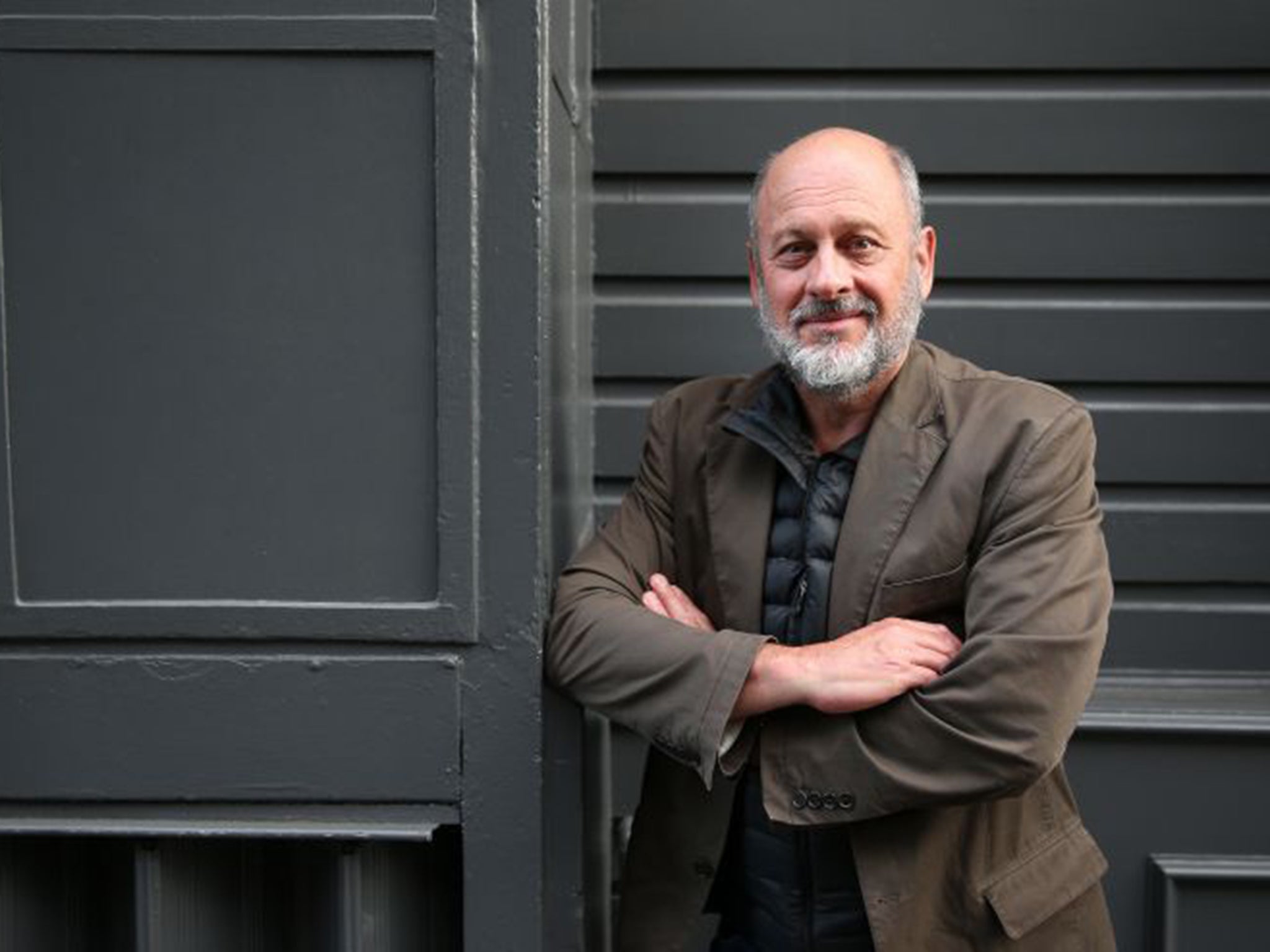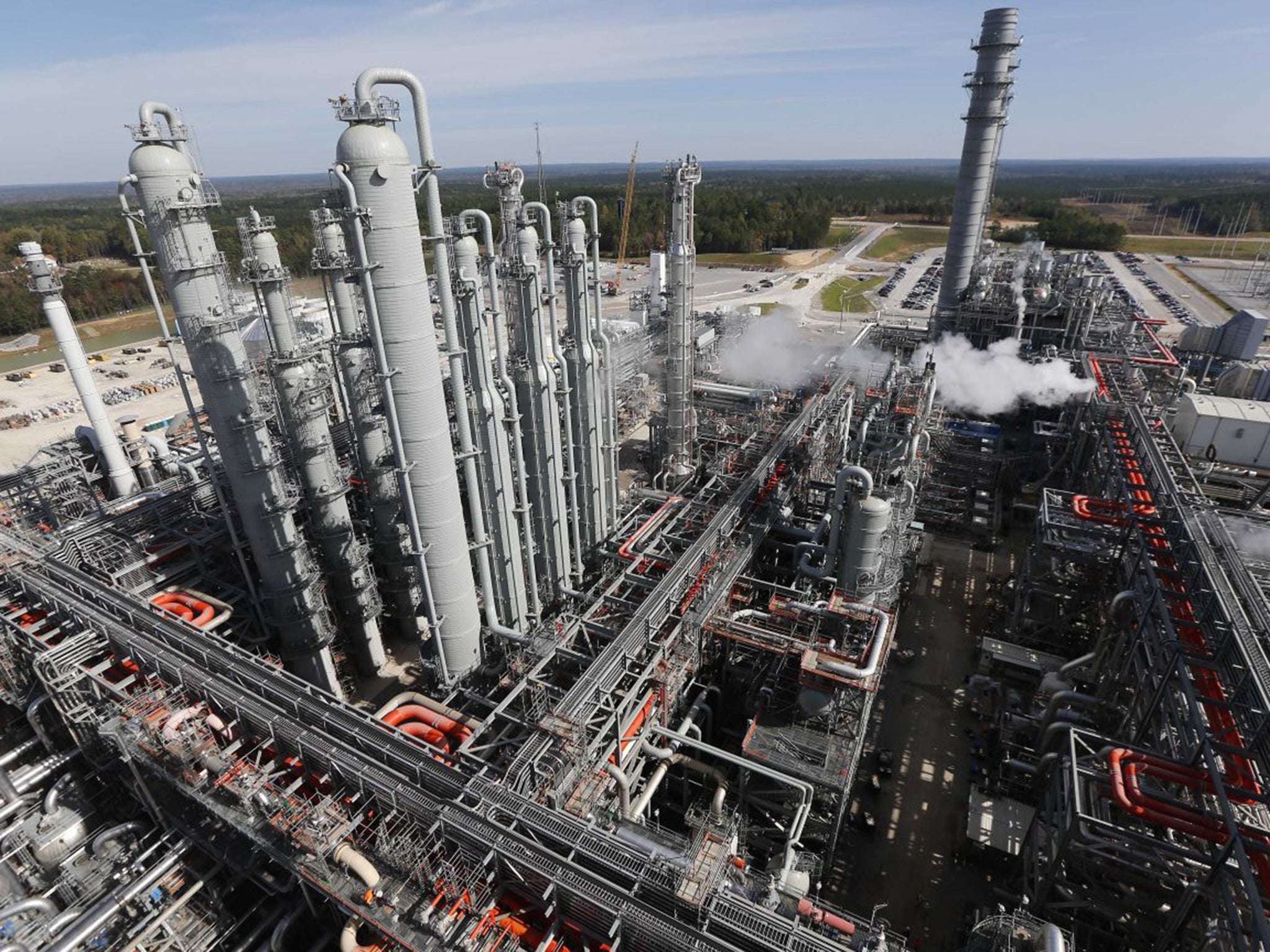Climate change: Scientist Tim Flannery on why cutting carbon emissions is not enough to save the planet
Sir David Attenborough is a fan of the professor, who he describes as one of the greatest scientific explorers of our time

Tim Flannery is running late. He’s just landed after 30 hours in the air travelling between his home in Melbourne and London, and he’s realised he needs to buy a dress shirt for an evening reception with “a senior member of the royal family” at the Australian High Commission.
In between his many media appearances – we have an allotted hour for lunch – he has set aside time for a public meeting with Sir David Attenborough, who will be interviewing Flannery about his work in zoology and climate change. Sir David is a fan, calling Flannery one of the greatest scientific explorers of our time for his research in mammalogy, palaeontology and population ecology.
But it is climate change that has propelled Professor Flannery, 59, into the super-league of popular science – and political controversy. Named Australian of the Year in 2007, he effectively became an environmental activist with the publication of his best-selling book The Weather Makers (2005). It was not just a fine exposition of the science behind global warming and climate change, but a passionate call to arms for those who want to do something to prevent an environmental catastrophe.
The book helped to convince the likes of Richard Branson, California governor Arnold Schwarzenegger and Professor Zhou Ji, chairman of the Chinese Academy of Engineering, to take climate change seriously. It sold millions of copies, was translated into 23 languages and its influence helped to propel Flannery into positions of power and influence, such as the head of Australia’s Climate Commission and chairman of the Copenhagen Climate Council.
Last week he was in London to publicise his latest book, Atmosphere of Hope, see a few old friends and collect his thoughts before travelling on to Paris for the international climate convention. Although his book is about hope, he quickly dispels any notion that Paris is going to be an unalloyed success – but does that mean he’s a climate pessimist?
“No. I’m optimistic that with sufficient investment in the climate we can stay shy of the 2C threshold, but we’re really at the last moment to do this. I genuinely couldn’t have written the book unless I was optimistic,” Flannery says.
But the omens are not good. Flannery believes that even if the world reaches agreement in Paris to drastically cut fossil fuel emissions, it won’t be enough unless we also come up with some way of actively removing the carbon dioxide already dumped in the atmosphere since the industrial revolution. We just won’t stay within the, rather arbitrary, two-degree Celsius “threshold” of dangerous climate change.
“The reason I’ve come over here is that I really believe that unless we start doing something now, we will lose the opportunity. Everyone is thinking about energy, but I think we really need to think about ‘third-way’ technologies,” Flannery says.
“Without third-way technologies, we have no hope really of staying below [a rise of] 2C and of avoiding dangerous climate change. We need to start investing now, and at scale. I feel quite shocked that I’ve come to that conclusion, but even people in the field seem pretty unaware of it, or they avoid it – they don’t like thinking about it.”
By “third way”, Flannery means the kinds of technology that can absorb CO2 in a benign manner from the atmosphere and convert it into a mineralised form of carbon that can be taken out of commission for thousands of years. It is not the harsh “plan B” of geoengineering, which is about fighting “poison with poison”, he says, by such things as dispersing sulphur particles into the atmosphere or iron filings into the sea: “Geoengineering is a sort of Band-Aid solution which is instant and cheap but which could ultimately be catastrophic. And there is a much slower, more tediously difficult pathway I call the ‘third way’, which gives you a genuine solution at the end of the day,” he explains.
He once flirted with geoengineering when he realised that the trajectory of ever-increasing carbon emissions this century was putting the world on a course for a catastrophic 4C increase in global average temperatures. But he has since realised that measures such as putting sulphur particles in the atmosphere to cut out sunlight are far too dangerous.
“Studies showed the impact on the south-east Asian monsoon, and millions of people rely on that. This was the first indication to me that the costs of geoengineering were not going to be worth it. Another reason is ocean acidification.
“Geoengineering does nothing to stop it. It will just fester as a problem,” he says. “Also, the geo-political risks of unilateral action really worry me. The costs of geoengineering have come down and it’s probably now within the scope of single, super-rich individuals if they so wished. My worry is, in a world of climate destabilisation, the temptation to use it will be quite great.”

A more environmentally benign approach is to work with the way nature removes carbon from the atmosphere and oceans. Planting forests, growing seaweed, stimulating the natural weathering of rocks that absorb CO2, or converting CO2 into the mineralised carbon of biochar waste – these are all ideas he has classified as the “third way”.
“The most daunting aspect of it is that it has to be done at an almost unimaginable scale,” he says.
Billions of tons of carbon will have to be taken out of the atmosphere each year by mid-century if we are to have any chance of keeping within the 2C limit. Only a global effort will make it happen, but, despite the immense problems, Flannery remains optimistic that it can be done.
“I was losing hope after a decade of worse-case emissions this century. We’re already at 1C above the pre-industrial average where there is enough gas in the air now to raise temperatures to 1.5C. There’s hardly a serious study saying that we are going to be able to pull back to 2C without something else. We can’t do it just by emissions reductions any more,” he explains.
“We’ve left it so late to do this. At current rate of emissions, we’ll run out of our carbon budget in 13 years’ time –and can you imagine transforming the world’s energy systems in 13 years? And the Paris agreement doesn’t kick off till 2020. We have to leave room in our imagination for this kind of ‘third-way’ technology to emerge and to come to scale. It won’t in 13 years; but in 30 years, it can.”
Atmosphere of Hope: Solutions to the Climate Crisis’ by Tim Flannery (Penguin, £7.99)
Join our commenting forum
Join thought-provoking conversations, follow other Independent readers and see their replies
Comments
Bookmark popover
Removed from bookmarks